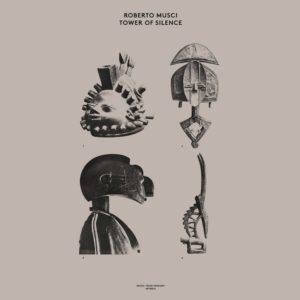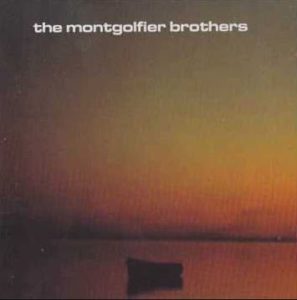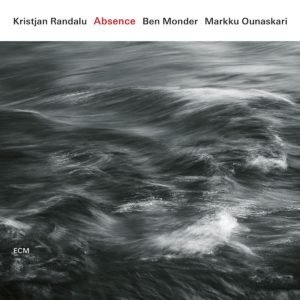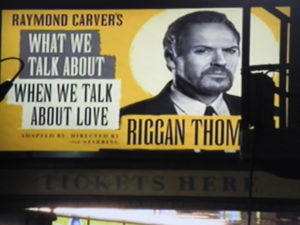(First Hour) Yo La Tengo: There‘s A Riot Going On / Terminal Sound System: The Endless Sea (2 tracks) / Venetian Snares and Daniel Lanois / Anna von Hausswolff: Dead Magic / Venetian Snares and Daniel Lanois / Prairie: After The Flash Flood (2 tracks)
(Second Hour) Dave Liebman, Adam Rudolph & Tatsuya Nakatani: The Unknowable / Splashgirl: Sixth Sense / National Jazz Trio of Scotland: Standards Vol. IV (three tracks) / Jakob Bro: Returnings / Elena Duni: Partir / Frode Haltli: Avant Folk / Elena Duni: Partir / Mathias Eick: Ravensburg / Amandus Schaap & Evert Kramer: Done (s. photo)
(Third Hour) – „The Quiet Spaces of Suffolk – Roger Eno‘s music“ – taken from his albums between 1985 and 2017, including, in non-linear sequences, „Voices“, „This Floating World“, „Swimming“, „Ted Sheldrake“, „Lost In Translation“, „Between Tides“, „The Flatlands“, and tracks from the compilation „Little Things Left Behind (1988-1998)
(Fourth Hour – Time Travel 1) – Shankar: Vision (1984) / Mabrak: Drum Talk (Jamaika, 1976: In terms of smoked-out after midnight vibes, it’s about as close as you’ll come to the deeply cherished reissue of the Dadawah album „Peace and Love“ in Dug Out’s catalogue) / Soul Jazz Presents: German Elektronische Musik Vol. 3 (1971-1981) / Plastikman: Consumed
(Fifth Hour – Time Travel 2) – Donovan: Wear Your Love Like Heaven (1967) / Boards of Canada: Music Is The Right To Children (April 1988) & Campfire Headphase (2006) / / Roberto Musci: Tower of Silence & one more track from Yo La Tengo (the „underwater horn lamento“:))
The fifth hour starts (surprisingly) with a Donovan song from 1967 and sets the tone for some reflections on the 20th anniversary of Boards of Canada‘s „Music Has The Right To Children“. I keep things short, and everybody who, by this show, has discovered or re-discovered his love for that 1998 classic, can go deeper by reading two essays by Mark Richardson and Simon Reynolds.
„Reach a certain age and you notice a peculiar thing: your thoughts frequently get interrupted by non sequitur memory images, seemingly insignificant but disconcertingly vivid. It’s as if your overstuffed brain is calling up ancient files with a view to deleting for space.“
(S.R. on Boards of Canada‘s „Campfire Headphase“)
The last twenty minutes of the long night dive into Roberto Musci‘s „Tower Of Silence“ (an excellent compilation of the label with the telling title „Music From Memory“). For many listeners Roberto Musci will be a treat, and they will ask themselves (as I did): „How come I never heard of him?“






